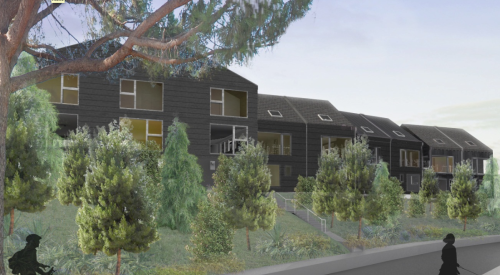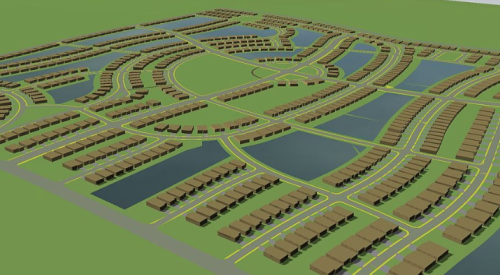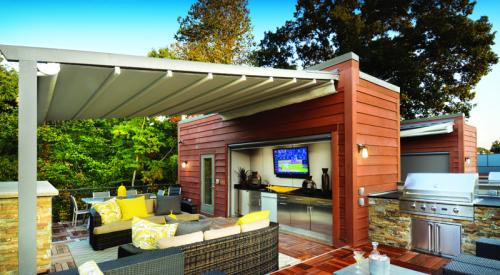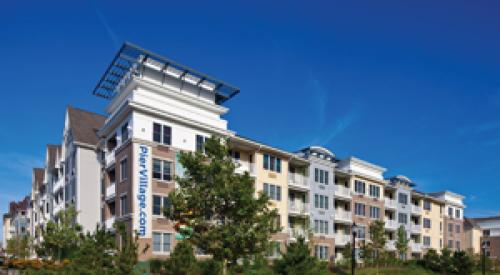| In a growth visioning Oct. 10 by ULI Los Angeles, local officials made hard decisions about where 6 million people will soon live.
|
Building consensus is arguably the most difficult task facing urban planners today. They must balance the needs of a growing population with the concerns of diverse interest groups within the community. That's why many are turning to a collaborative "growth visioning" practice that brings everyone to the table to do the work of planners.
Growth visionings are usually daylong events where civic leaders break into small groups and huddle over a current population map. They negotiate where new homes and workplaces would best accommodate local or regional growth estimates.
Following the lead of successful visioning programs in Salt Lake City, Chicago, San Diego and Azusa, Calif., civic leaders in the Los Angeles area recently used the process to tackle how to handle dramatic growth predicted within their five-county region. Experts say the L.A. area will grow by 6 million people during the next 20 years, creating a need for an estimated 100,000 new homes each year.
Hosted by the Los Angeles District Council of the Urban Land Institute and the University of Southern California, "Reality Check on Growth" attracted more than 200 planners, mayors and civic leaders from around the region. Breaking into 20 groups, they negotiated where the homes and businesses would be placed on the map. The first rule: All "population chips" had to be placed on the map for a group to complete its task.
"In all 20 scenarios, everyone put lots of chips up in Palmdale and out in Barstow, and those are not particularly agreeable climates," ULI L.A. chairman Donald Brackenbush says. "The preponderance of infill was in L.A. County, which was really staggering to many."
Participants chose from three kinds of population chips: low-density (1,920 dwelling units per square mile), medium-density (7,680) and high-density (30,720). One preliminary conclusion was that housing for 2.5 million new residents would be required on infill locations in L.A. County.












